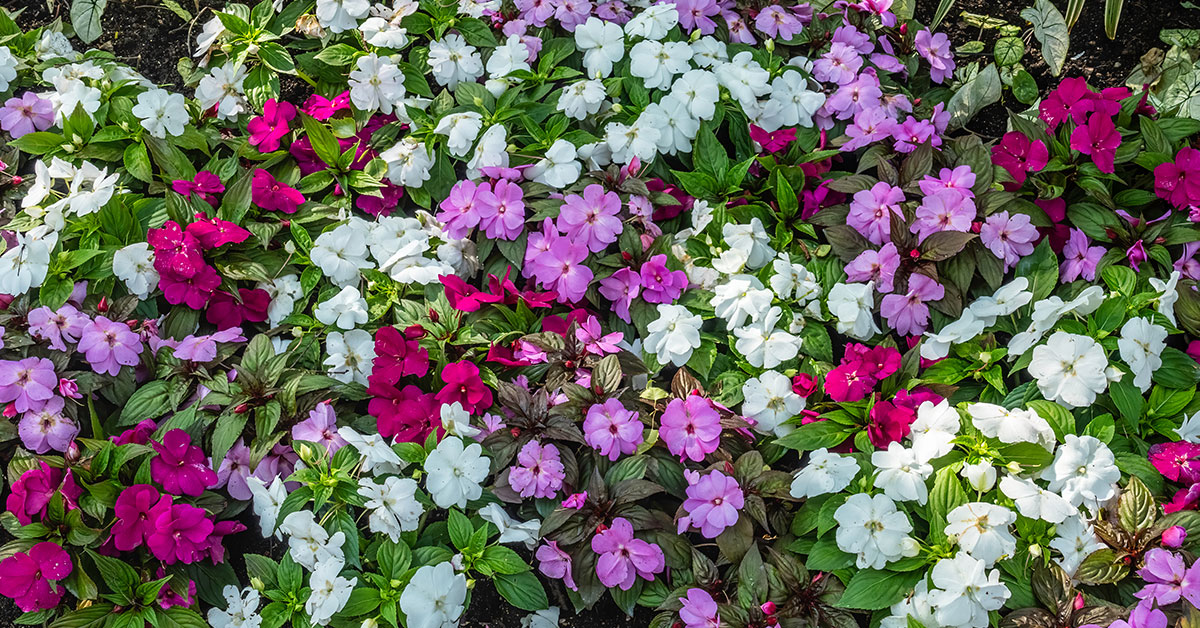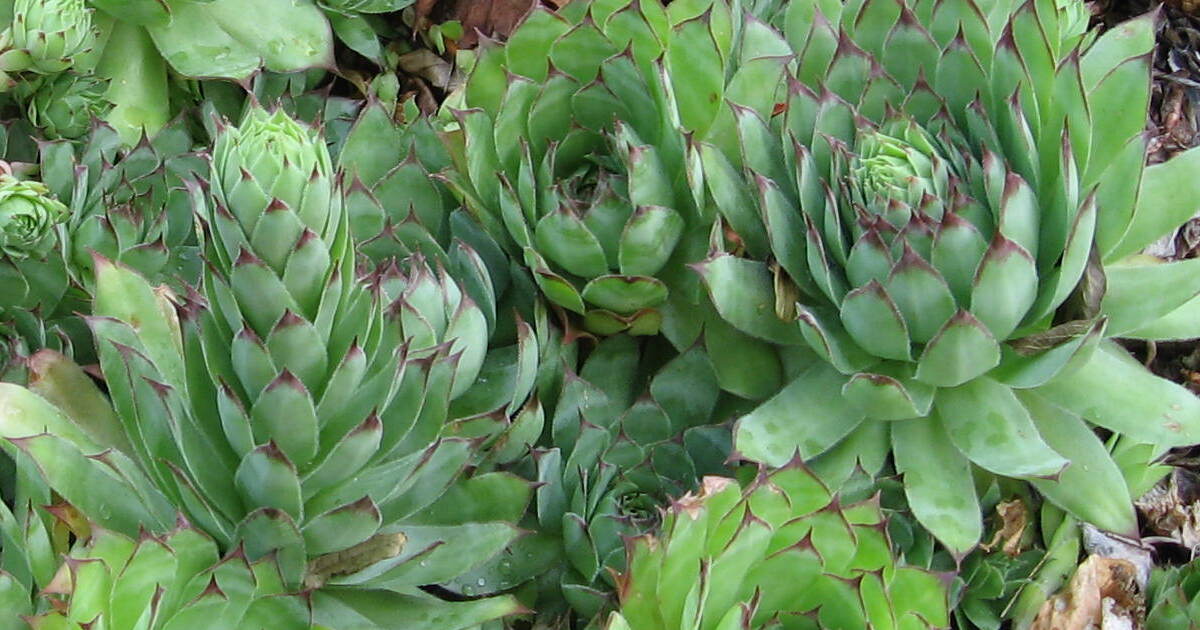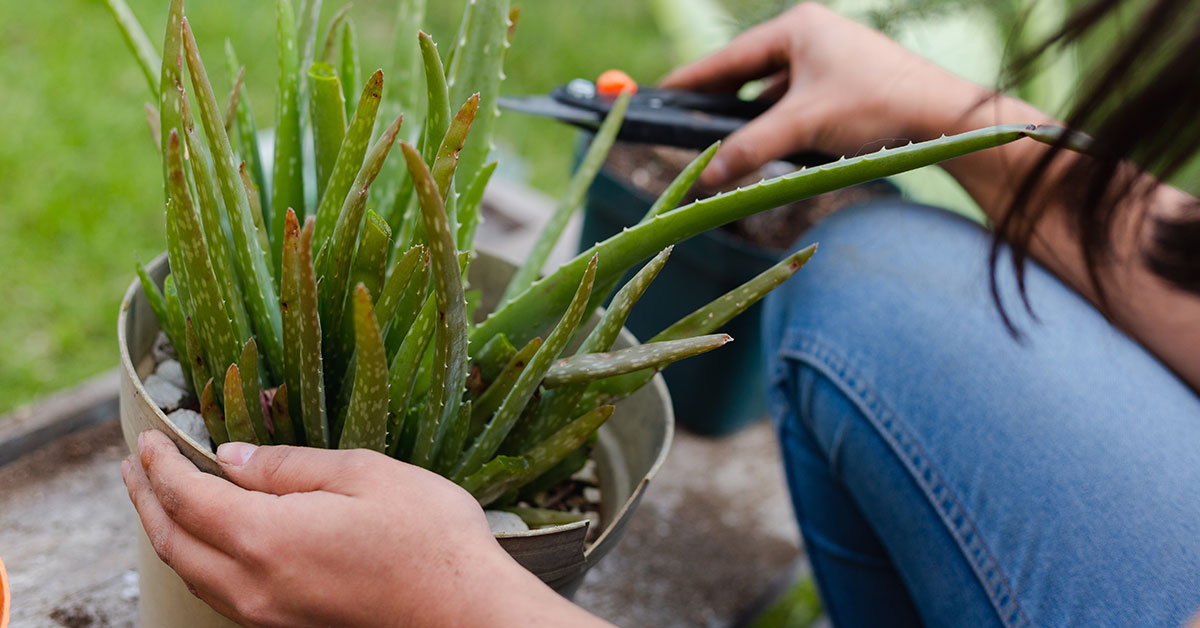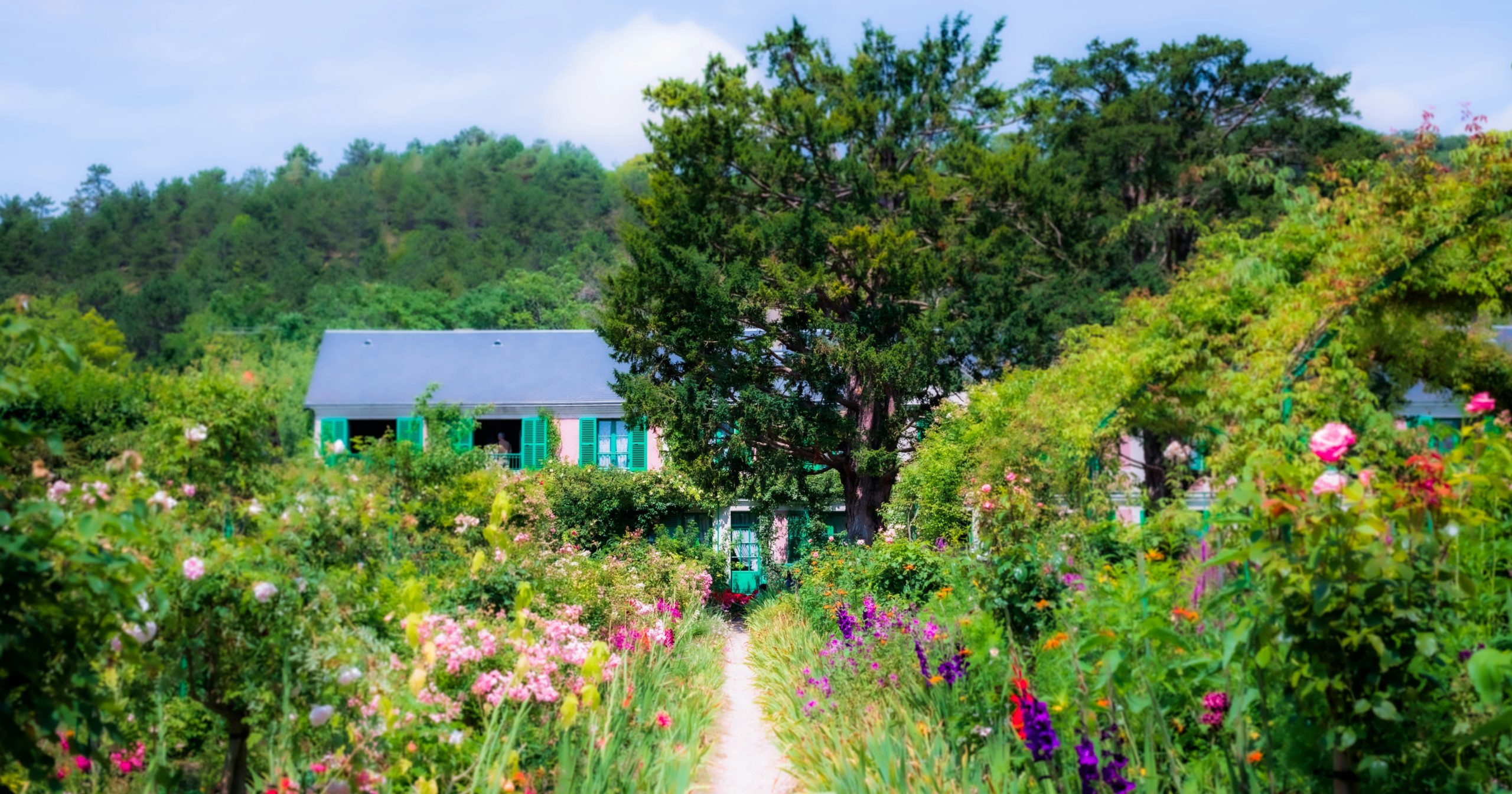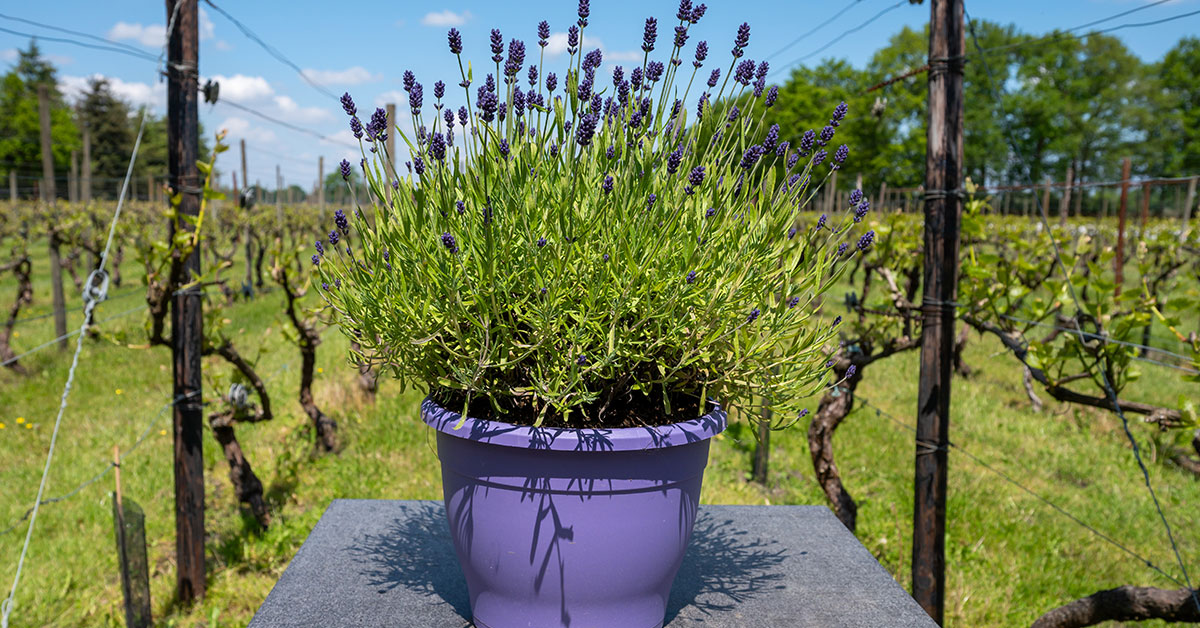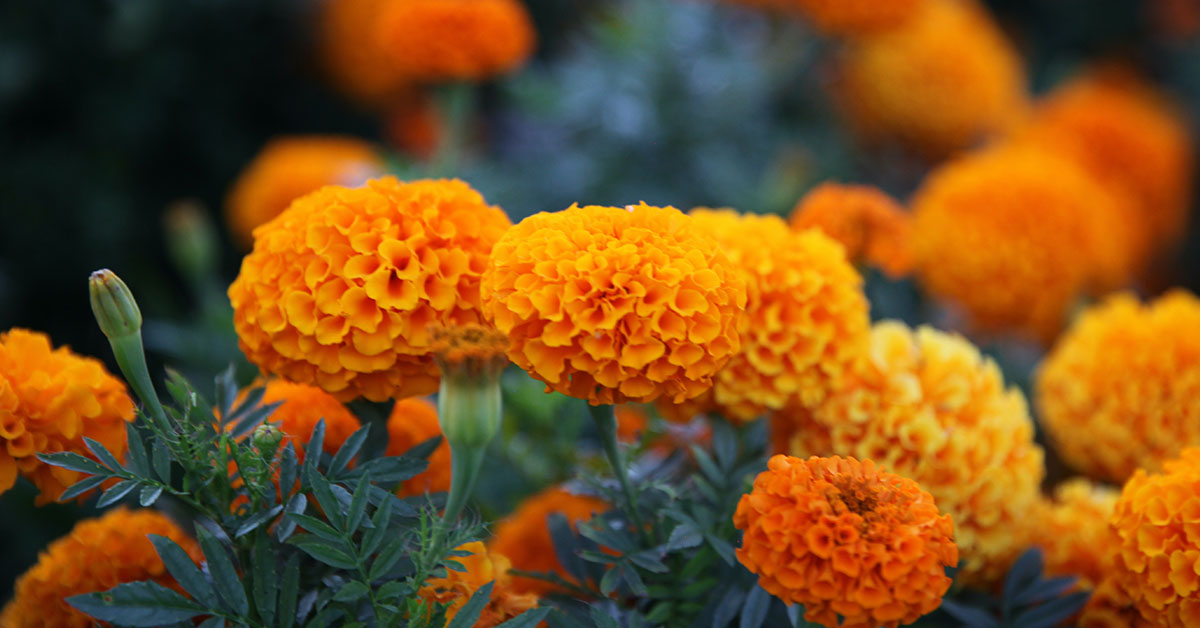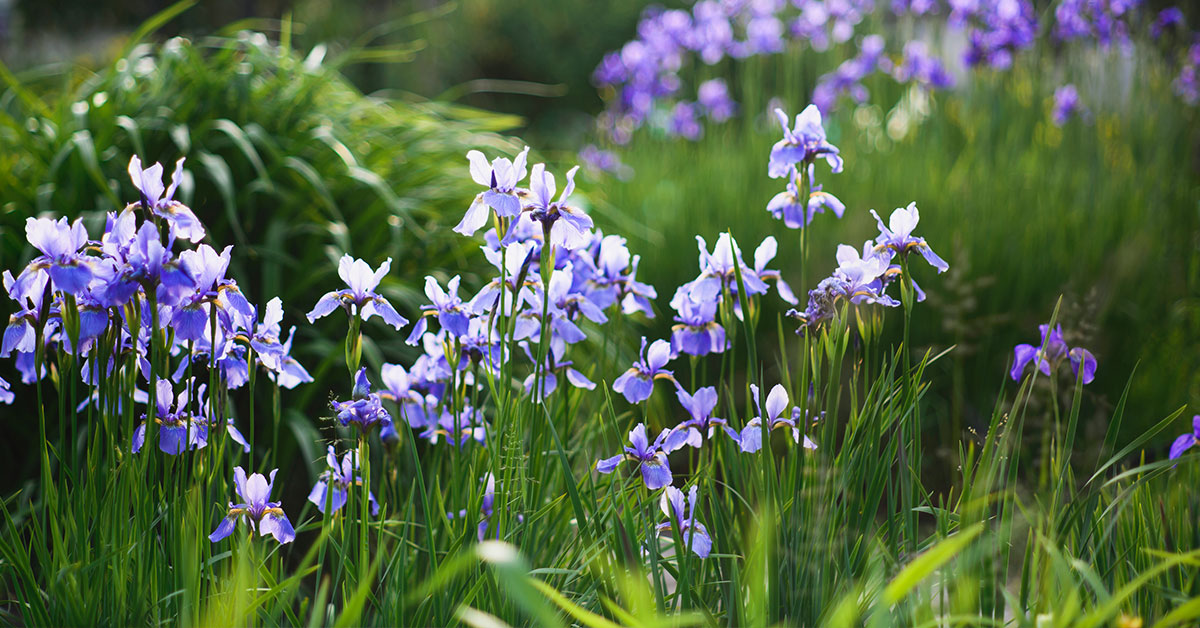New Guinea Impatiens are a vibrant and versatile flowering plant that has become a favorite among gardeners and plant enthusiasts. Originating from the tropical regions of New Guinea, these stunning plants have gained popularity for their attractive blooms, long-lasting flowers, and ability to thrive in various growing conditions.
With their striking colors and lush foliage, New Guinea Impatiens are an excellent choice for adding a burst of color and beauty to any garden or landscape.
What are New Guinea Impatiens?
New Guinea Impatiens, scientifically known as Impatiens hawkeri, is a species of flowering plants that belong to the Balsaminaceae family. They are native to the island of New Guinea and were introduced to the horticultural world in the 1970s. Since then, they have gained immense popularity due to their unique characteristics and adaptability.
New Guinea Impatiens are known for their showy, large flowers that come in a wide range of vibrant colors, including shades of pink, red, orange, purple, and white. The blooms are typically flat or slightly cup-shaped and can measure up to 2 inches in diameter. The foliage of New Guinea Impatiens is glossy and attractive, with shades of green, bronze, or variegated patterns.
These plants have a bushy growth habit and can reach a height of anywhere between 10 to 24 inches, with a spread of 12 to 24 inches. Their sturdy stems support the weight of the flowers and foliage, making them suitable for both garden beds and containers.
Where are New Guinea Impatiens native?
New Guinea Impatiens are native to the island of New Guinea, which is located in the southwestern Pacific Ocean, just north of Australia. This tropical island is known for its rich biodiversity, and New Guinea Impatiens is one of the many plant species that call it home. The plant thrives in the warm and humid climate found in this region, making it well-suited for tropical and subtropical environments.
While New Guinea Impatiens is not native to the United States, it has become a popular garden plant throughout the country due to its stunning flowers and adaptability. Gardeners in the US have embraced New Guinea Impatiens for their ability to thrive in a wide range of climates and growing conditions. It is commonly grown as an annual in all 50 states, including Alaska and Hawaii.
To successfully grow New Guinea Impatiens in the US, it is important to create an environment that mimics its native habitat. These plants thrive in areas with mild to warm temperatures, ideally ranging between 60°F (15°C) and 80°F (27°C). They prefer partial shade to filtered sunlight, as direct sunlight can scorch their delicate leaves. New Guinea Impatiens also require well-draining soil that is rich in organic matter and regular watering to keep the soil consistently moist.
Although it is not native to the United States, it has gained immense popularity among gardeners across the country due to its vibrant flowers and adaptability. Whether you reside in Alaska, Hawaii, or any of the other 48 states, you can enjoy the beauty of New Guinea Impatiens by providing the ideal growing conditions and care it requires.
How to start from seed
Starting from seed can be a rewarding and cost-effective way to grow these beautiful flowering plants. This section will guide you through the step-by-step process of starting New Guinea Impatiens from seed, ensuring successful germination and healthy plant growth.
- Choosing the Right Seeds:
Before starting, it is important to select high-quality New Guinea Impatiens seeds. Look for reputable seed suppliers or garden centers that offer a wide range of seed varieties. Opt for fresh seeds, as older seeds may have lower germination rates. - Preparing the Growing Medium:
New Guinea Impatiens seeds require a well-draining and nutrient-rich growing medium to germinate successfully. Prepare a seed-starting mix by combining equal parts of peat moss, perlite, and vermiculite. Fill seedling trays or small pots with the prepared mix, leaving a small gap at the top for watering. - Sowing the Seeds:
Gently scatter the New Guinea Impatiens seeds over the surface of the prepared growing medium. Since the seeds are tiny, it is not necessary to bury them. Lightly press the seeds into the surface to ensure good contact with the soil. Alternatively, you can mix the seeds with fine sand or vermiculite to create a uniform distribution. - Providing Optimal Growing Conditions:
New Guinea Impatiens seeds require specific conditions to germinate successfully. Place the seed trays in a warm location with temperatures between 70-75°F (21-24°C). Provide indirect sunlight or use fluorescent grow lights to ensure the seeds receive adequate light. Furthermore, maintain a consistently moist growing medium by misting it with water or using a spray bottle. - Germination and Transplanting:
New Guinea Impatiens seeds typically germinate within 7-14 days. Once the seedlings have developed two to three true leaves, they are ready to be transplanted into larger pots or directly into the garden. Gently lift the seedlings from the tray using a small spoon or transplanting tool, being careful not to damage the delicate roots. Additionally, plant them at the same depth as they were in the seed tray, ensuring good soil contact. - Care and Maintenance:
After transplanting, provide the New Guinea Impatiens seedlings with regular watering, keeping the soil evenly moist but not waterlogged. Place them in a location with bright, indirect sunlight. As the seedlings grow, pinch back the tips to encourage bushier growth. Fertilize every two weeks with a balanced water-soluble fertilizer, following the manufacturer’s instructions. - Hardening Off and Outdoor Planting:
To acclimate the New Guinea Impatiens seedlings to outdoor conditions, gradually expose them to longer periods of sunlight and outdoor temperatures. Start by placing them in a sheltered spot for a few hours a day, slowly increasing the exposure over a week. Once the threat of frost has passed, transplant the seedlings into well-prepared garden beds or containers, spacing them according to the specific variety’s requirements.
Growing Guide
New Guinea Impatiens are stunning flowering plants that have gained popularity among gardeners and plant enthusiasts. This tropical plant is native to New Guinea and boasts vibrant and colorful blooms that can brighten up any garden or indoor space. Furthermore, this guide will help you continue to grow your plants successfully and what to pay attention to:
Sun & Location: To ensure the successful growth of New Guinea Impatiens, it is important to choose the right location for planting. These plants thrive in partial shade to full sun, making them versatile for various garden settings. However, it is important to note that they prefer a location with filtered sunlight or morning sun, as intense afternoon sun can scorch the leaves. Find a spot in your garden that receives dappled sunlight or has a shade cloth overhead to protect the plants from excessive heat.
Soil Requirements: New Guinea Impatiens prefer well-draining soil that is rich in organic matter. They do best in soil that is slightly acidic with a pH level between 6.0 and 6.5. If your soil is heavy or clay-based, consider amending it with organic compost or well-rotted manure to improve drainage and fertility. This will ensure that your New Guinea Impatiens receive the right nutrients and moisture levels for optimal growth.
Planting and Watering: It is important to space them adequately to allow air circulation and prevent overcrowding. Dig holes that are slightly larger than the root ball of the plant and place them at least 12 inches apart. Gently backfill the holes with soil and water thoroughly to settle the roots. These plants have shallow root systems, so it is crucial to keep the soil consistently moist but not waterlogged. Water the plants regularly, especially during dry spells, to prevent wilting and promote healthy growth.
Fertilizing and Maintenance: New Guinea Impatiens are heavy feeders and benefit from regular fertilization throughout the growing season. Apply a balanced, slow-release fertilizer or a water-soluble fertilizer every 4-6 weeks to provide the necessary nutrients. Additionally, removing spent blooms or deadheading regularly will encourage continuous blooming. As well as prevent the plants from diverting energy into seed production. Pruning leggy or overgrown stems can also help maintain a compact and bushy appearance.
Common Pests and Diseases: While New Guinea Impatiens are generally resistant to many pests and diseases, they can still be susceptible to certain issues. Keep an eye out for aphids, spider mites, and fungus gnats, which are common pests that can affect these plants. Applying organic insecticides or using natural pest control methods can help keep these pests at bay. Additionally, providing good air circulation and avoiding overwatering can help prevent fungal diseases such as powdery mildew.
Growing New Guinea Impatiens in pots
Growing New Guinea Impatiens (Impatiens hawkeri) in pots can be a delightful way to bring vibrant colors and lush foliage to your outdoor or indoor space. Here’s a step-by-step guide on how to successfully cultivate New Guinea Impatiens in pots, including specific instructions on watering:
- Pot Selection: Choose a well-draining pot or container with drainage holes at the bottom. This allows excess water to escape and prevents waterlogging, which can be detrimental to the plants.
- Soil Preparation: Use a high-quality potting mix that is rich in organic matter. New Guinea Impatiens prefer slightly acidic soil with a pH range of 6.0 to 6.5. Fill the pot with the potting mix, leaving enough space for the plant’s root ball.
- Planting: Gently remove the New Guinea Impatiens plant from its nursery container, being careful not to damage the roots. Place the plant in the pot, ensuring it is positioned at the same level it was previously planted. Fill the remaining space with potting mix, gently firming it around the base of the plant.
- Placement: Choose a location that provides your New Guinea Impatiens with bright, indirect light or partial shade. Direct sunlight can scorch the leaves and hinder their growth. If you’re growing them indoors, place the pots near a window that receives filtered sunlight or provide supplemental artificial lighting.
- Watering: Proper watering is crucial for New Guinea Impatiens’ health and growth. They prefer consistently moist soil but not overly saturated conditions. Here’s a guideline for watering:
- Initial Watering: After planting, thoroughly water the potting mix until water drains out of the bottom holes. This helps settle the soil and ensures good root contact.
- Regular Watering: Check the moisture level of the soil regularly. Water the New Guinea Impatiens when the top inch of the soil feels slightly dry to the touch. Insert your finger into the soil to assess the moisture level. Avoid letting the soil completely dry out between watering sessions.
- Watering Technique: When watering, apply water slowly and evenly to allow the potting mix to absorb moisture properly. Avoid splashing water on the foliage, as this can increase the risk of disease.
- Drainage: Ensure that excess water can freely drain from the pot. If water accumulates in the saucer or tray beneath the pot, discard the excess to prevent waterlogging.
- Environmental Factors: Adjust your watering frequency based on environmental conditions. During hot and dry periods, New Guinea Impatiens may require more frequent watering. Similarly, if the pots are exposed to air-conditioning or heating, the drying effect on the soil may necessitate additional watering.
- Mulching: Consider applying a thin layer of organic mulch, such as shredded bark or compost, around the base of the New Guinea Impatiens plants. Mulching helps retain soil moisture and suppresses weed growth.
By following these guidelines for pot selection, soil preparation, placement, and watering practices, you can create an optimal environment for New Guinea Impatiens to thrive and produce abundant blooms. Remember to monitor the moisture levels of the soil and adjust your watering routine accordingly to maintain the desired level of moisture for these vibrant and versatile plants.
Interesting facts about New Guinea Impatiens
New Guinea Impatiens is a popular flowering plant that is widely grown in gardens and landscapes. With its vibrant and long-lasting blooms, this species of Impatiens has become a favorite among gardeners. Additionally, these interesting facts about New Guinea Impatiens prove why they make a great addition to any garden.
- Origin and Habitat:
New Guinea Impatiens are native to the island of New Guinea, located in the southwestern Pacific Ocean. This tropical plant thrives in warm and moist environments, making it perfect for gardens in areas with a similar climate. It was first introduced to the gardening world in the 1970s and has since gained immense popularity due to its stunning flowers and easy cultivation. - Flowering and Colors:
One of the most striking features of New Guinea Impatiens is its vibrant and colorful flowers. These plants produce large blossoms in a wide range of colors, including shades of red, pink, lavender, orange, and white. Additionally, the flowers can be single or double, and their petals often have intricate patterns and markings, adding to their visual appeal. - Sun and Shade Tolerance:
Unlike traditional Impatiens, which prefer shady spots, New Guinea Impatiens can tolerate more sun exposure. While they still appreciate some shade during the hottest part of the day, these plants can flourish in partially sunny areas. This makes them more versatile and allows gardeners to incorporate them into a variety of garden designs. - Continuous Blooming:
New Guinea Impatiens are known for their long-lasting blooms. Once they start flowering, they will continue to produce flowers throughout the growing season. Adding color and beauty to your garden for several months. With proper care and regular deadheading, you can ensure a continuous display of blossoms. - Low Maintenance:
Another reason why New Guinea Impatiens are favored by gardeners is their low maintenance requirements. These plants are relatively easy to grow and are less susceptible to common pests and diseases that affect other Impatiens varieties. They thrive in well-draining soil and require regular watering to keep the soil moist. Furthermore, fertilizing them every few weeks with a balanced plant food will help promote healthy growth and abundant flowering.
New Guinea Impatiens, with their stunning flowers, sun and shade tolerance, continuous blooming, and low maintenance needs, are a fantastic choice for any garden or landscape. Whether you are a seasoned gardener or a beginner, these plants will bring a burst of color and beauty to your outdoor space. Consider adding New Guinea Impatiens to your garden and enjoy their impressive display of blooms throughout the season.


